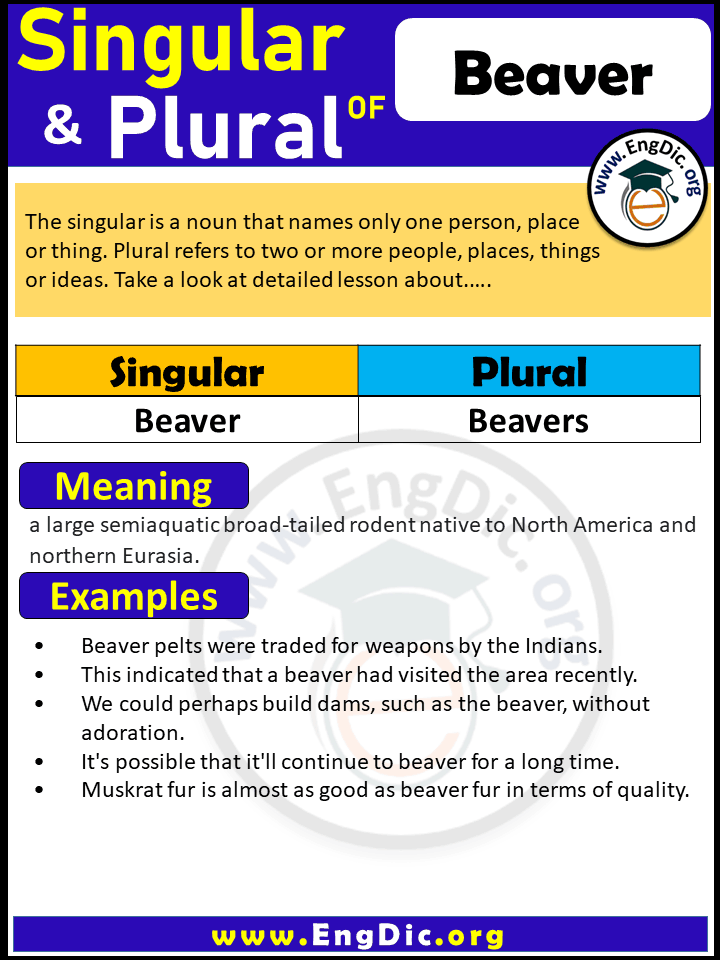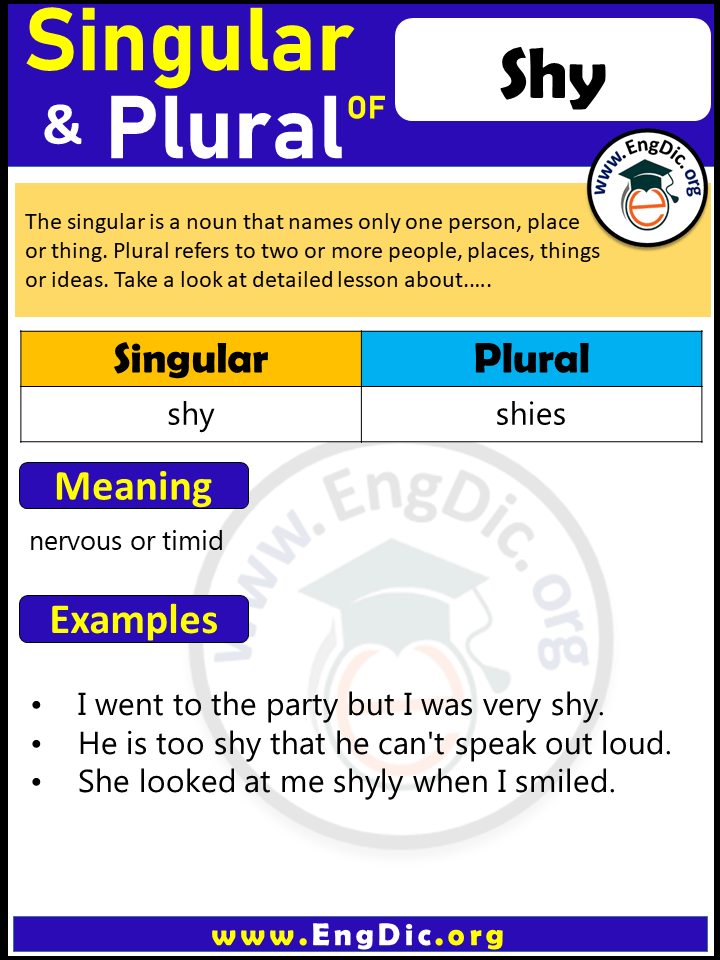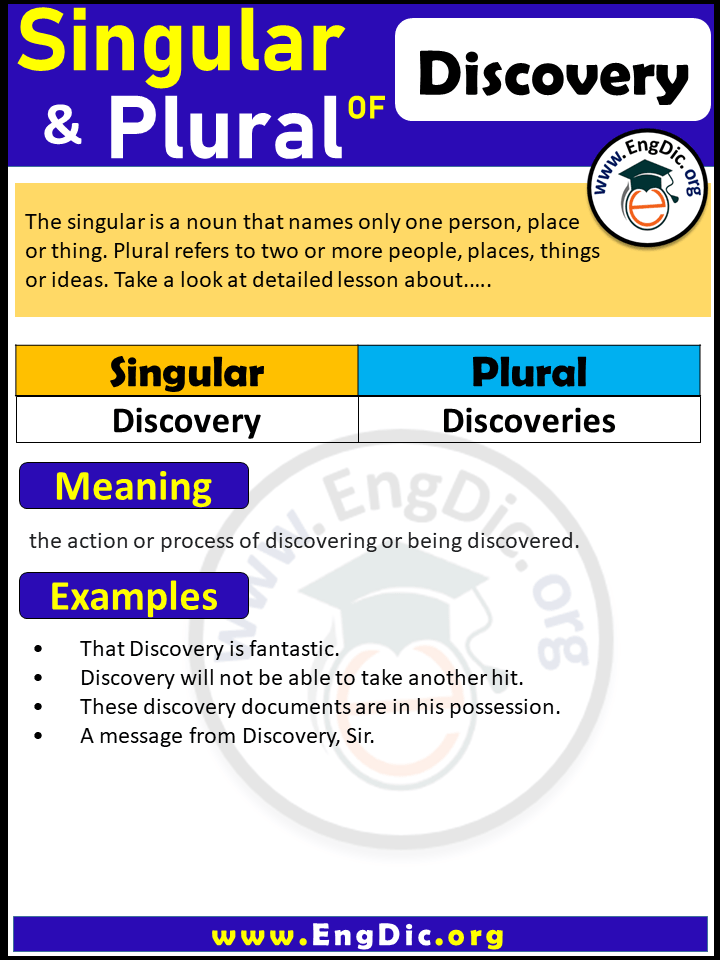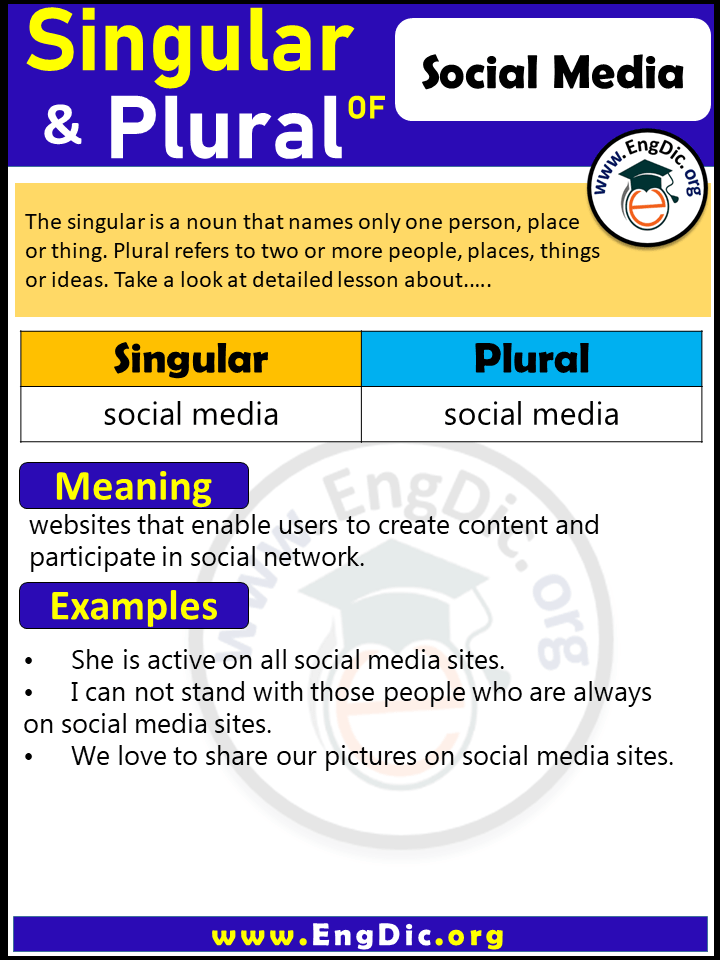The word “and” is a conjunction, typically used to connect words, phrases, or clauses together. It is considered a coordinating conjunction as it joins elements of equal grammatical importance. However, the word “and” does not have a plural form. It remains the same regardless of the number of items it connects.
In English grammar, the concept of plurality generally applies to nouns, pronouns, and certain verbs. Plurality refers to the state of being more than one or existing in a greater quantity. Nouns can have singular (referring to one) or plural (referring to more than one) forms. For example, “cat” is singular, and “cats” is plural. Similarly, pronouns like “he” (singular) can have a plural form like “they.”
Conjunctions, on the other hand, do not possess a singular or plural form. They serve as connectors, allowing the combination of words, phrases, or clauses. The conjunction “and” specifically joins two or more elements together, creating a relationship between them.
When using the conjunction “and,” the number of items being connected does not affect the form of the word itself. Whether you are connecting two items or a dozen items, the word “and” remains unchanged.
For example:
- “I have an apple and a banana.” (connecting two items)
- “I have an apple, a banana, and an orange.” (connecting three items)
- “I have an apple, a banana, an orange, and some grapes.” (connecting multiple items)
In summary, the word “and” does not have a plural form as it functions as a conjunction rather than a noun or pronoun. It acts as a connector, joining various elements together regardless of the number of items involved.






